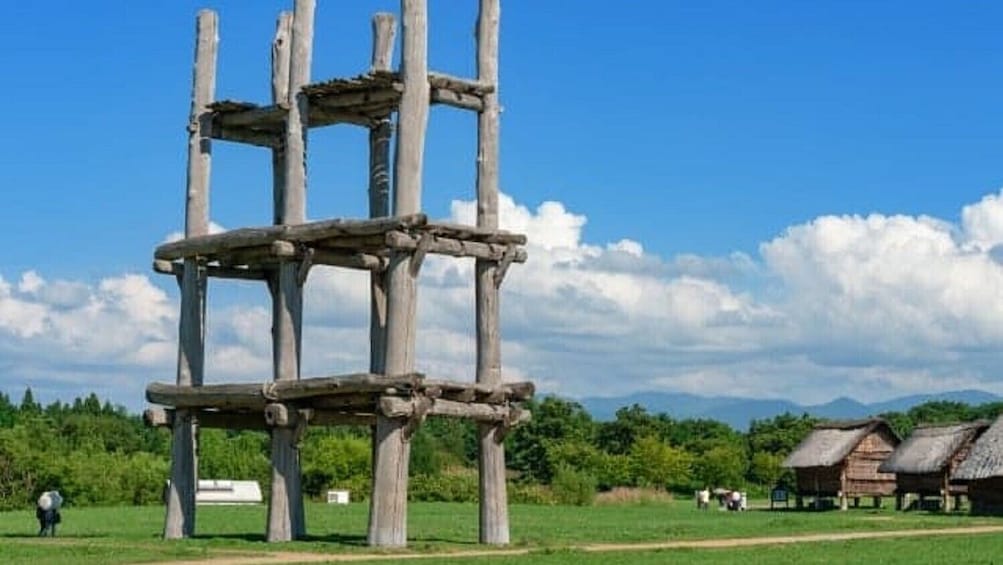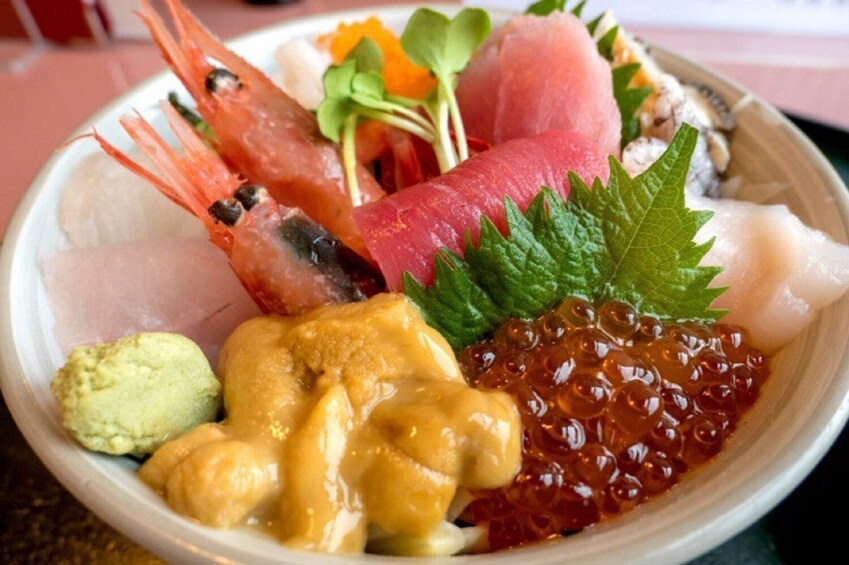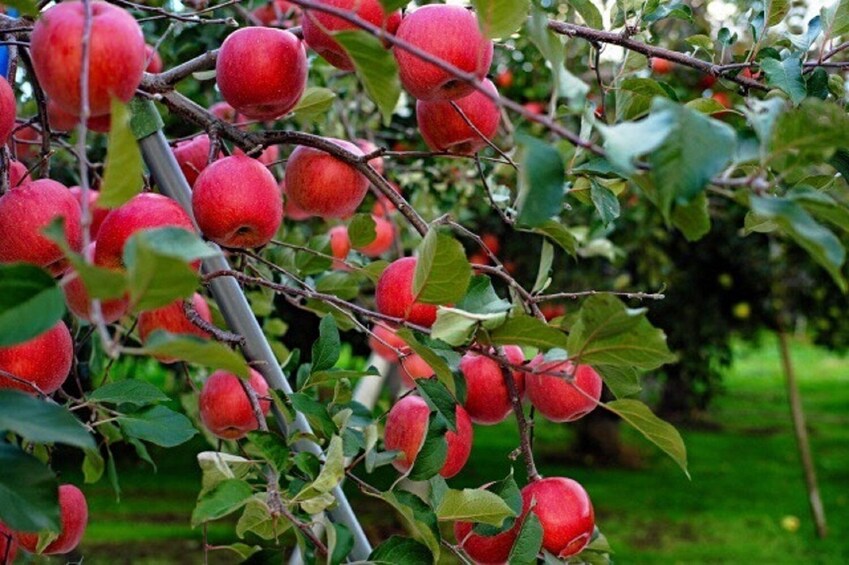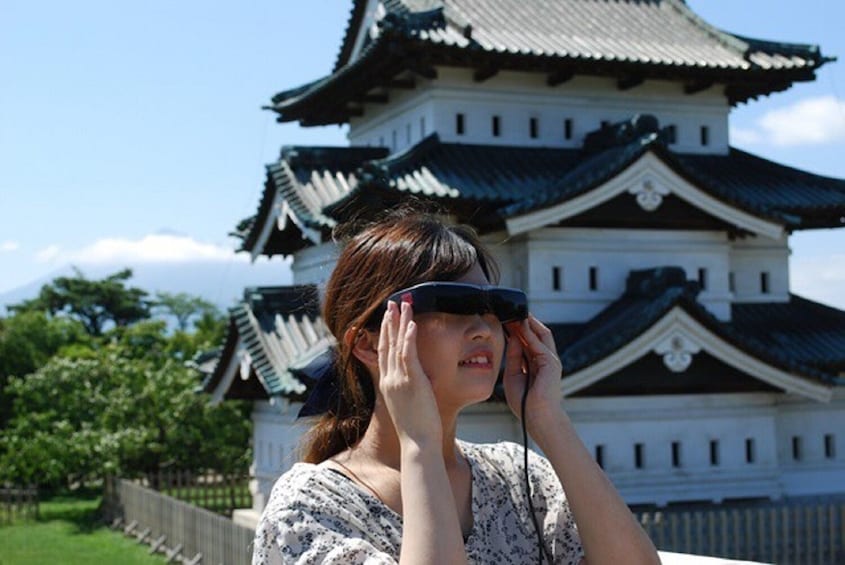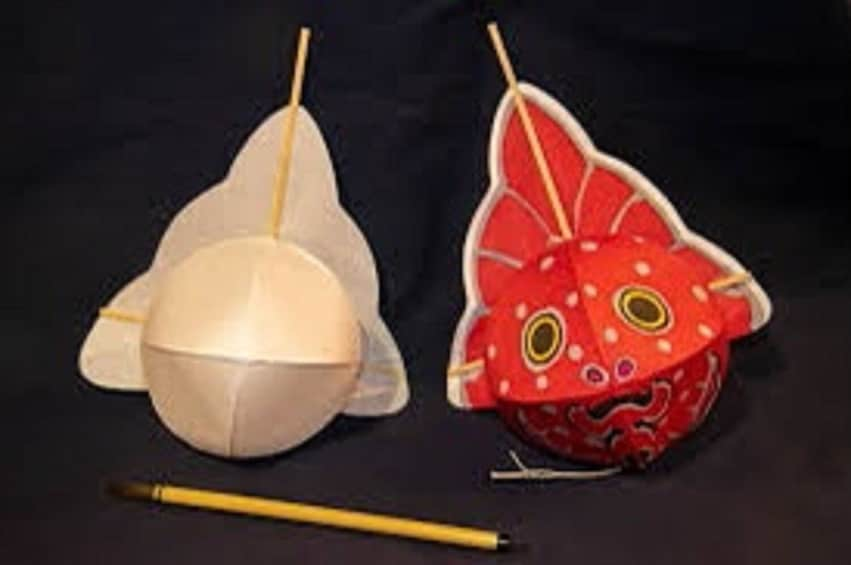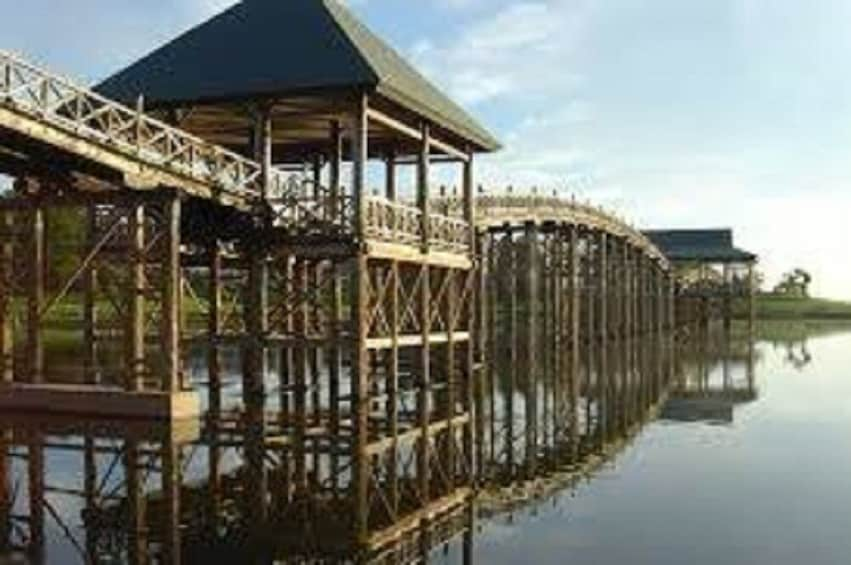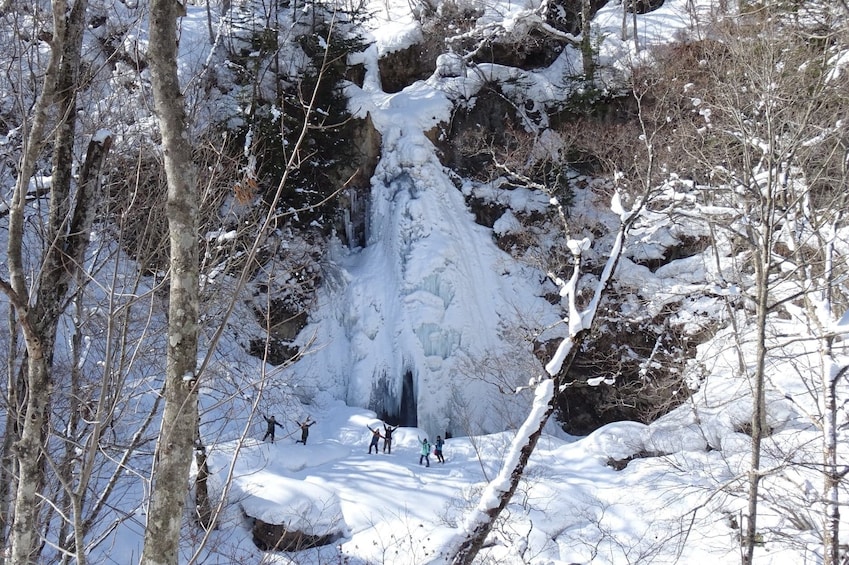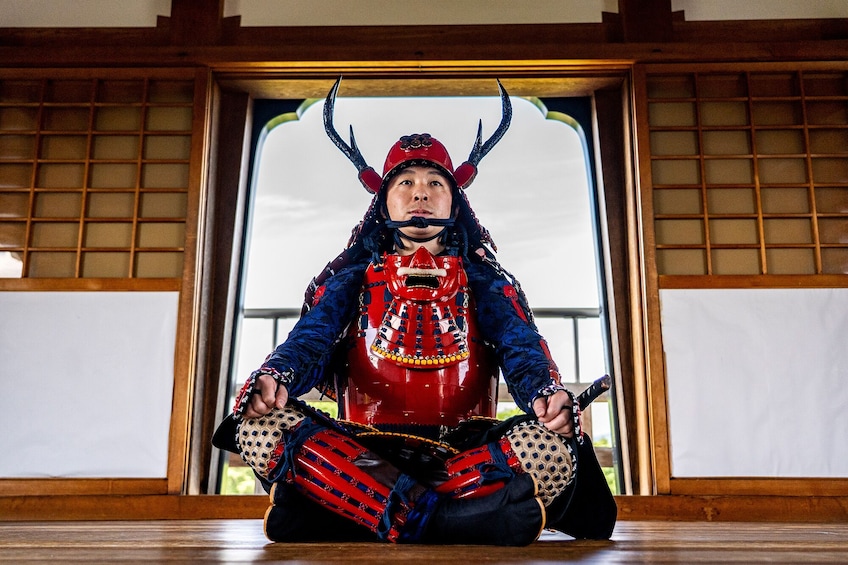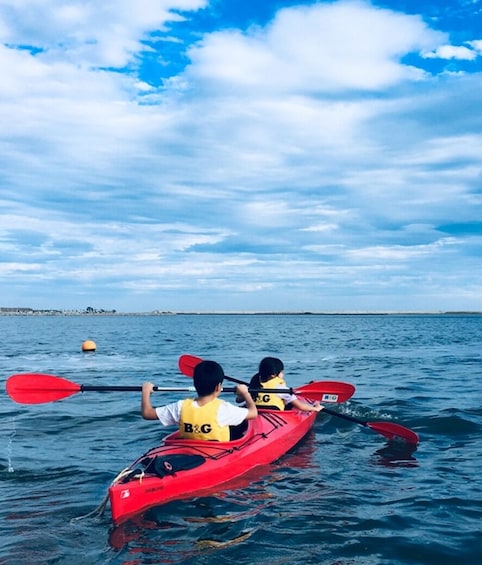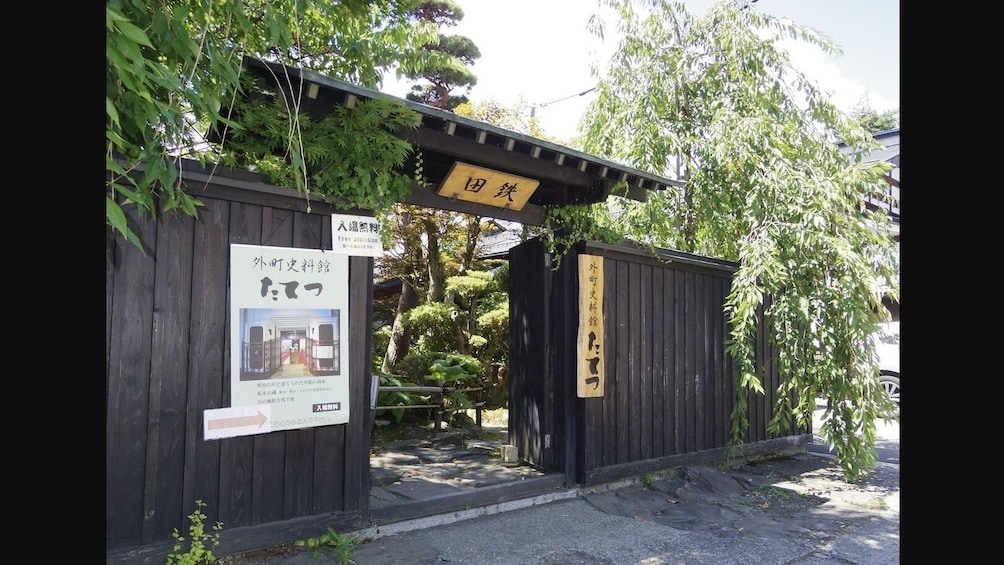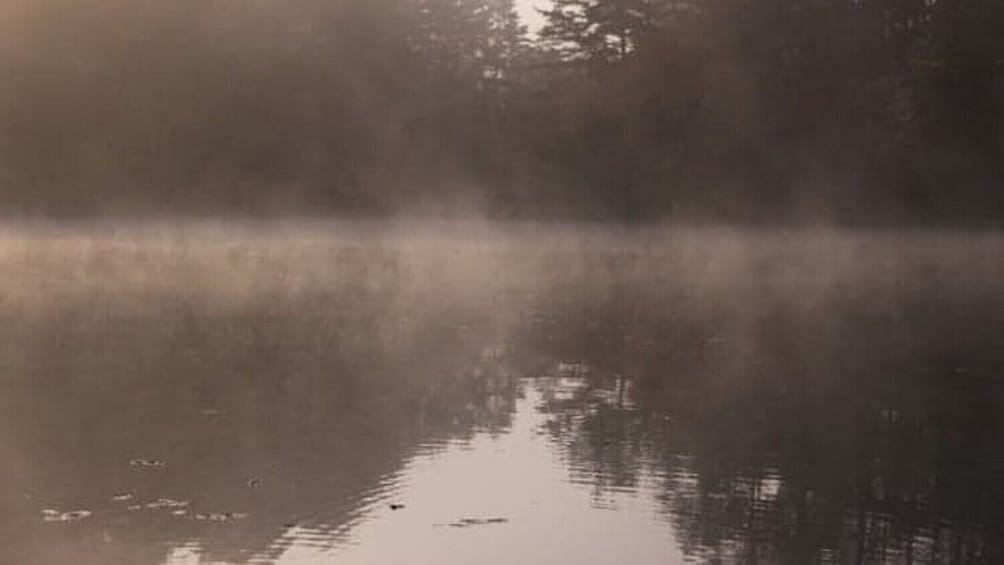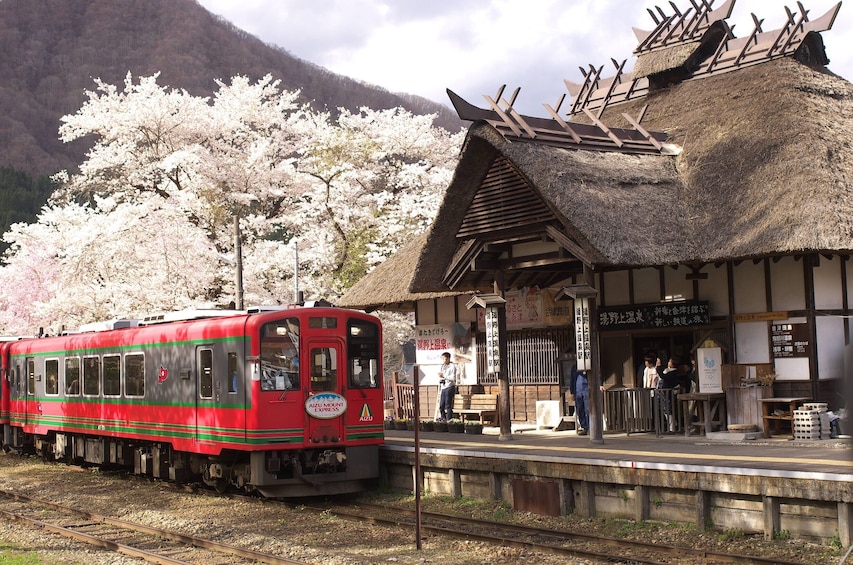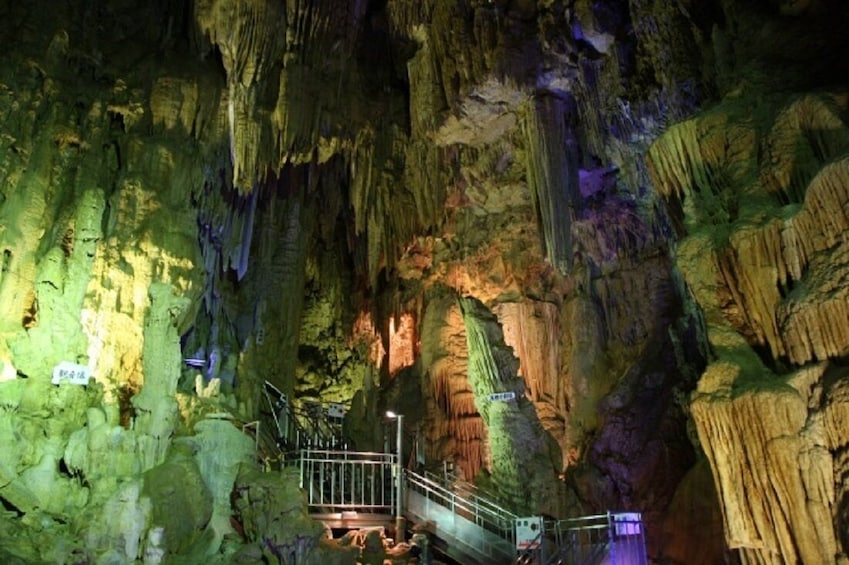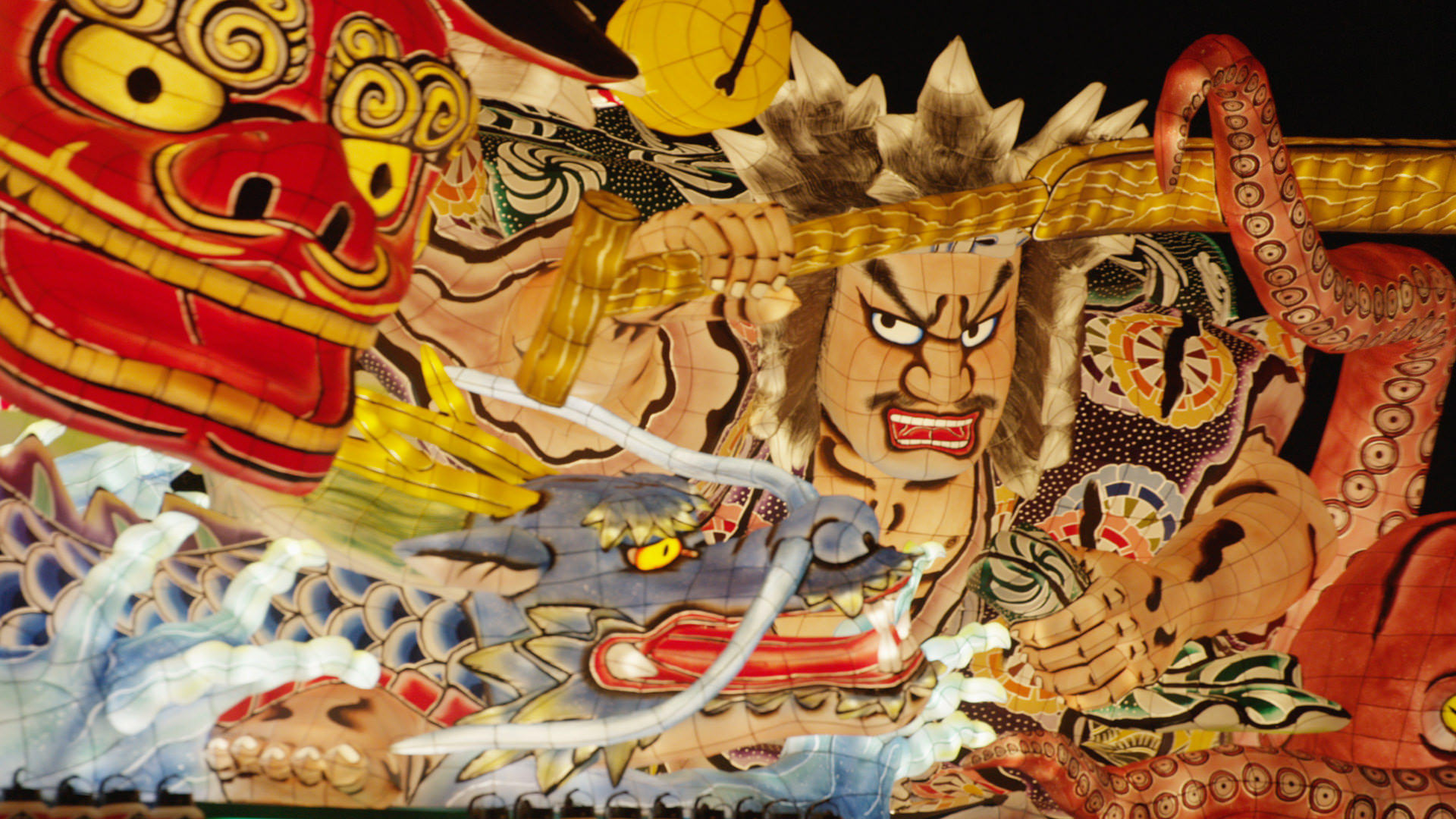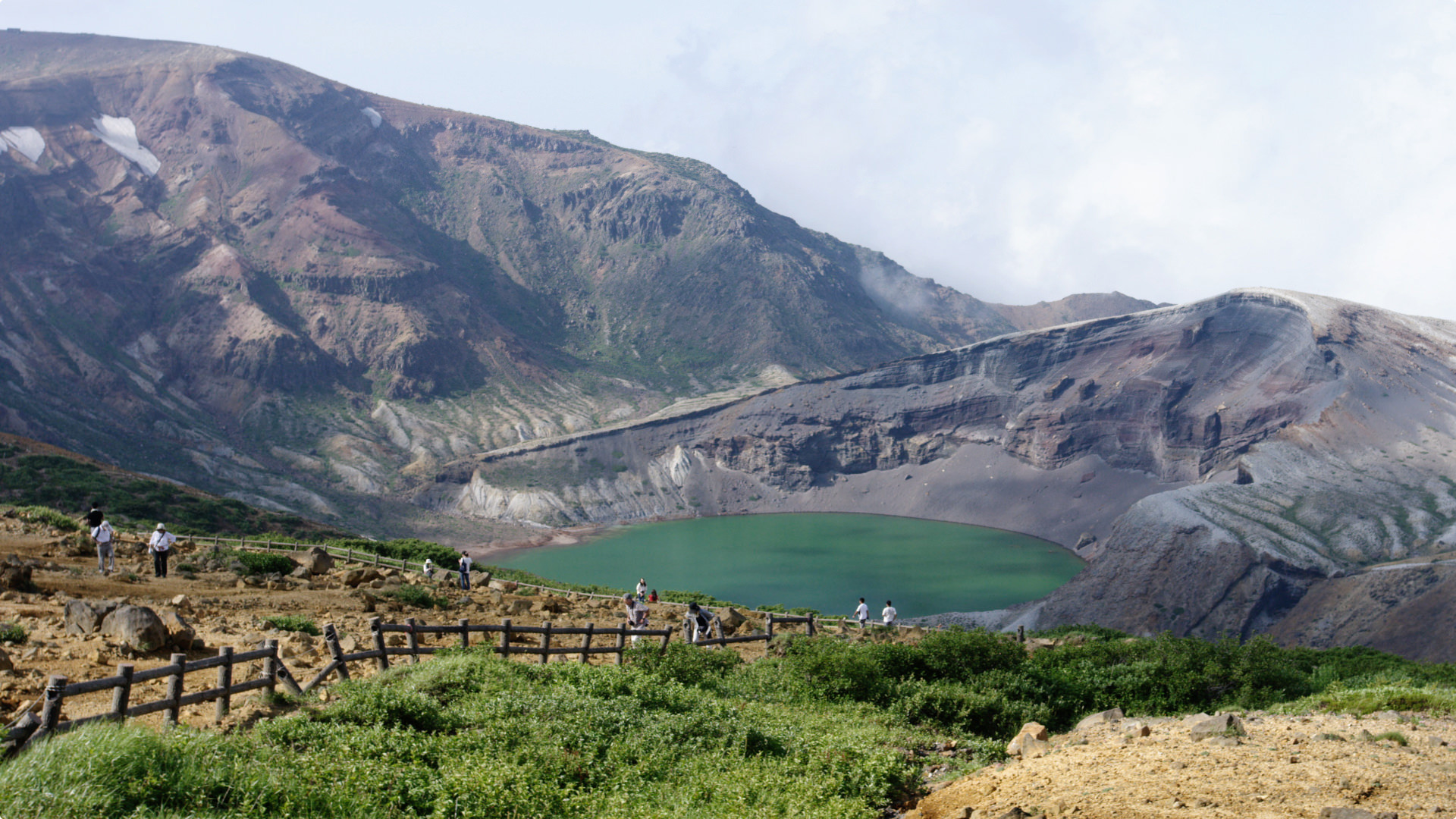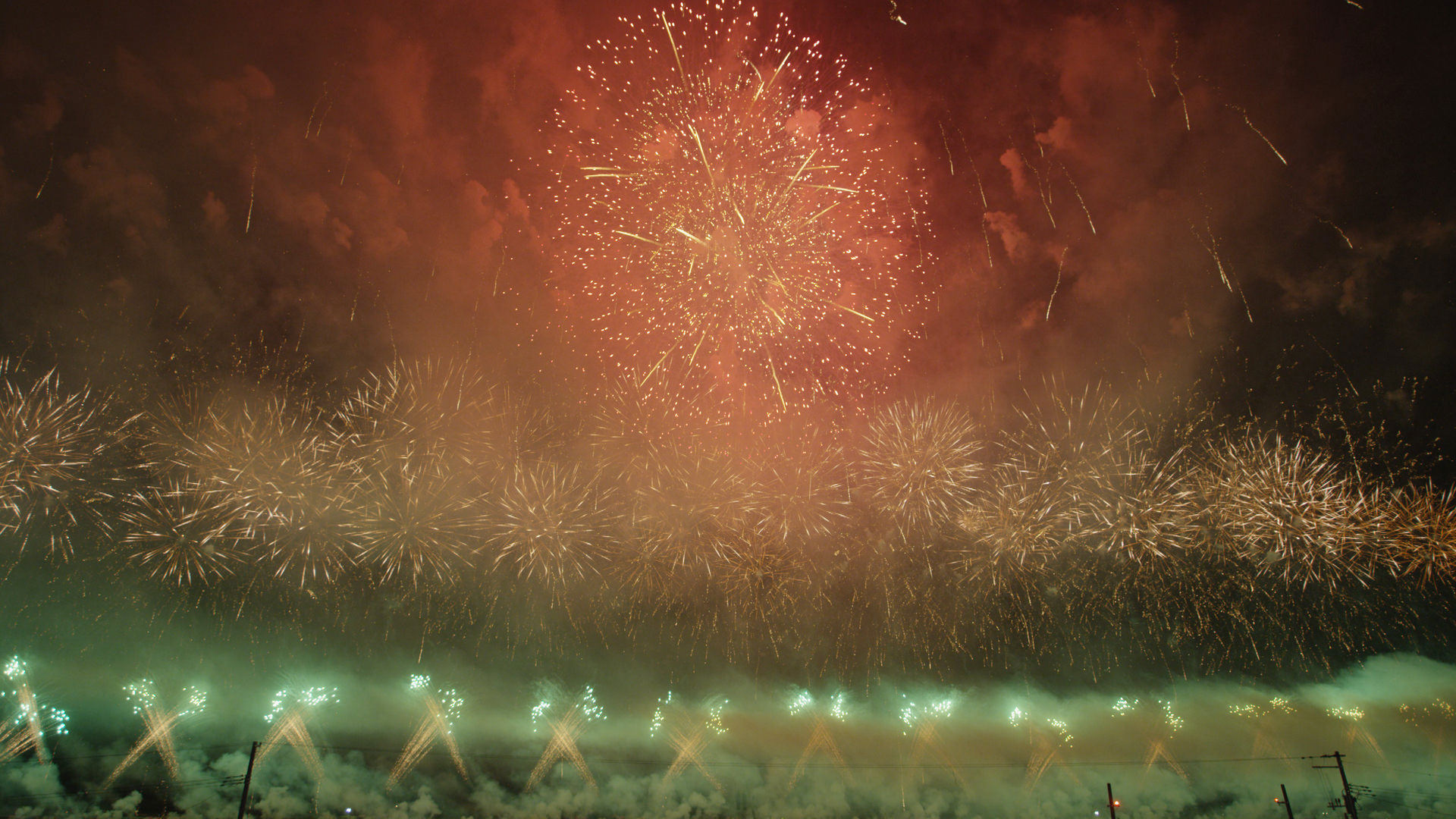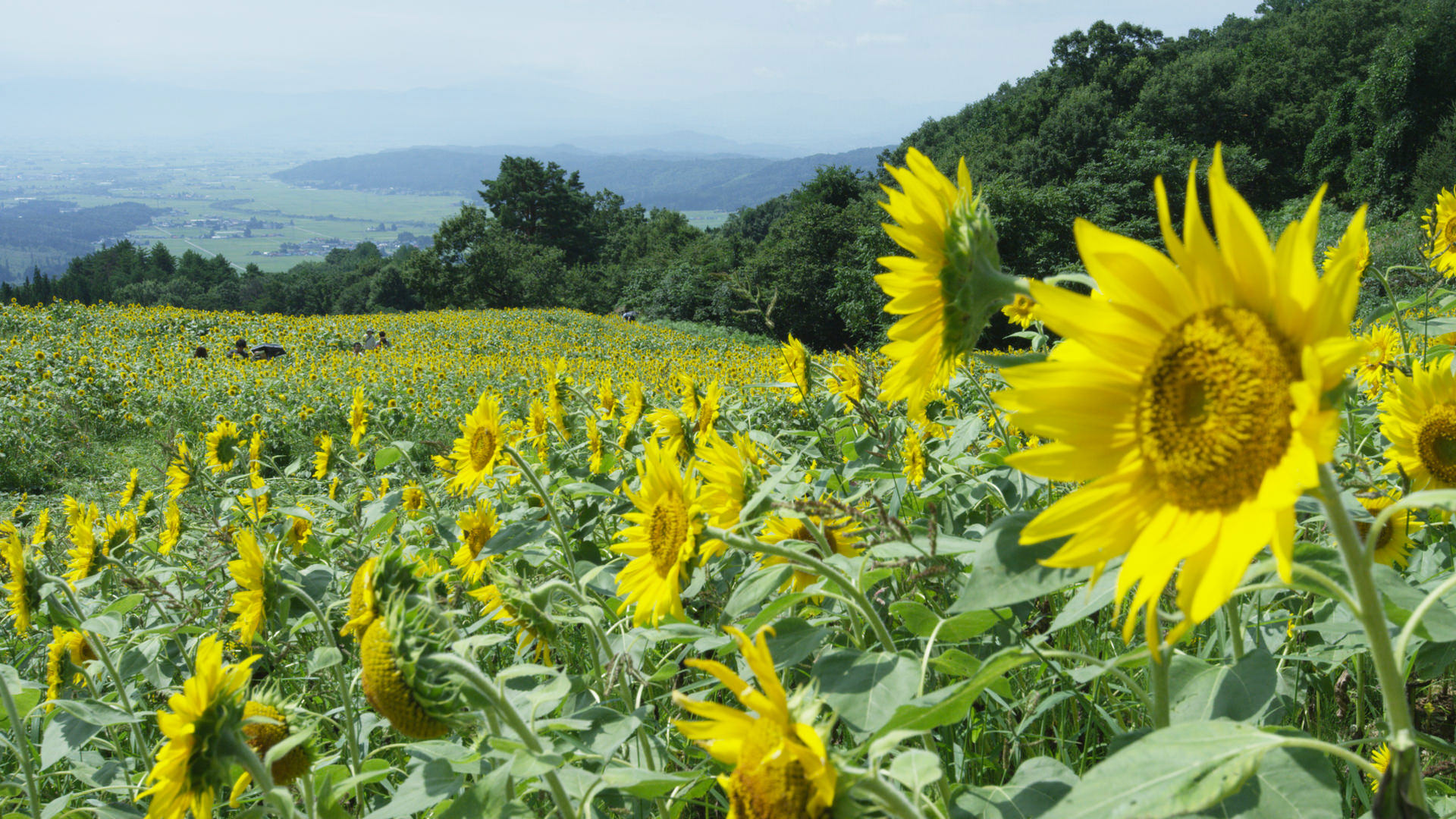
Stay flexible. We recommend booking a stay with no cancellation fees in case your plans change.

Please check government advisories before booking and traveling.

Welcome to Tohoku, Japan
Japan's northern region of Tohoku is a truly treasured land just begging to be explored. Blessed with breathtaking landscapes, enduring history and unique culture and traditions, get aquainted with this beautiful land through our series of stunning videos. Then, get out there and discover for yourself all Tohoku has to offer.
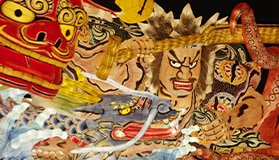
Nebuta festival
One of Tohoku’s 3 biggest festivals, giant floats of the monkey king, Onmyoji, and demons march through the streets emitting colorful lights. The energetic shouts of the jumping “Haneto” dancers rouse everyone’s spirits.
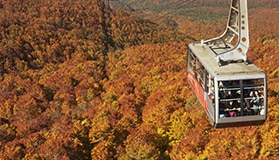
Mt. Hakkoda
A 3,300-foot-high volcanic mountain range on the southern side of Aomori city. The ropeway, which operates all year round, boasts amazing views, especially in fall when the mountains are covered in fall leaves.
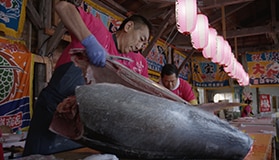
Oma tuna
Located in the most northern part of Honshu island, Oma town is known for its bluefin tuna. Every fall, a giant-tuna-cutting show is held at the tuna festival where you can witness the power and skill of professionals in action.
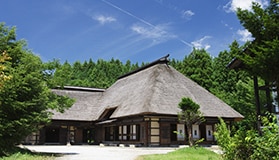
Tono furusato village
A recreation of an Edo/ Meiji Period farming village with authentic straw-roofed “magariya” houses. Experience village life with bamboo crafts, fishing, noodle making, and storytelling around the fire.
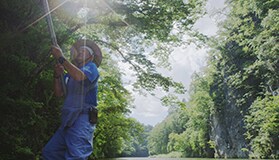
Geibikei gorge
An approximately 2.3-mile-long gorge formed by the Satetsu river in the south of the prefecture. As your boat passes by rock walls of up to 330 ft high, the sound of the boatman singing “Keibi oiwake” echoes quietly through the gorge. Try throwing “good luck stones” into the hole in the rock wall to make your wishes come true.
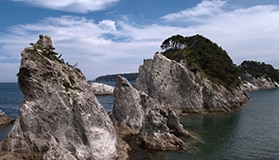
Jodogahama beach
One of the most picturesque beaches on the Sanriku coast, its green pine trees, pure white sand, and bright blue sea look just like paradise. Take a ride on a "sappa" boat to reach the beautiful, jewel-like, cobalt colored “blue cave.”
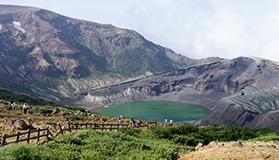
Okama lake
This crater lake surrounded by the Zao mountains is a popular sightseeing spot on the Zao highline. From the viewing deck, you can see the lake frequently changing from emerald green to other colors, as well as the rough surfaces of the surrounding volcanoes.
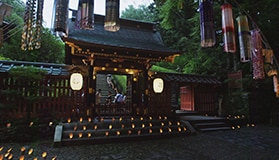
Zuihoden mausoleum
This is the mausoleum of Date Masamune, a Sendai feudal lord also known as Dokuganryu Masamune. Appearing between lush Japanese cedars, the luxurious mausoleum with strong Momoyama cultural influences is impressive. It was destroyed in the war, but rebuilt in 1979.

Matsushima
Matsushima is a place of scenic beauty in Tohoku and is known as one of the three great views of Japan. There are around 260 islands in Matsushima bay which forms an intricate and elegant scenery. Matsushima is also known as a scenic spot for seeing the moon which creates a stunning evening view of light and shadow.
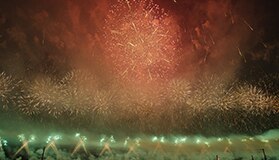
Omagari firework festival
One of the three greatest fireworks festivals in Japan, where only the best firework technicians display their skills. The lights bloom like flowers in the night sky, making for a memorable sight. Technicians compete against each other with designs, colors, creativity and stories.
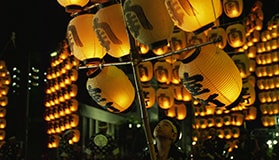
Kanto festival
One of the biggest lantern festivals in Japan, 10,000 paper lanterns representing rice bags float in the air as a prayer for an abundant harvest and to ward off bad luck. Young people march around balancing 6.5-foot-long poles on their shoulders and foreheads to create a mysterious river of light.
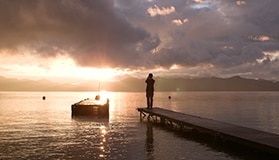
Lake Tazawa
At 1388 ft deep, Lake Tazawa is known as the deepest lake in Japan, and the surface does not freeze in winter. The entire lake turns pink, and the fall dusk is so impressive with the afterglow vividly shining on the fall leaves.
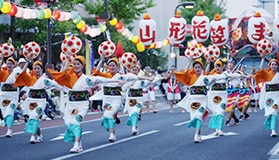
Yamagata Hanagasa festival
This summer festival held every August 5-7 is celebrated by over 1 million people. The sight of 10,000 people dancing along in flower-adorned hats and brightly colored costumes is like an undulating wave of flowers.
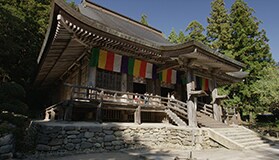
Village of Yamadera
Known as “Hoshuyama-risshakuji”, village of Yamadera is a historic Tendaishu temple built in the 9th Century. Basho Matsuo, a poet from the Edo era, also visited the temple. Visitors can enjoy the fall mountain village atmosphere from Godaido.
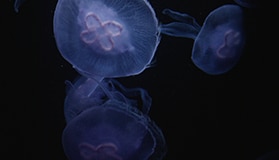
Kamo aquarium
Kamo aquarium is located on a cape facing the Japan Sea and has over 50 different jellyfish at all times. The main attraction is a water tank that’s 16 ft in diameter. The sight of thousands of aurelias sparkling and floating in the water is fantastic.

Sannokura plateau
It is stunning to see the 2.5 million sunflowers blooming on this ski slope of around 20 acres. Ahead of the beautiful floral carpet, you can see the deep green of Aizu basin.
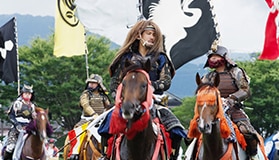
Soma Nomanoi festival
Held at the end of July in Soma city, this festival originated in the Kamakura period. The sight of over 500 armored horsemen coming together at once is impressive! It will seem as if you have traveled back to the Sengoku period.
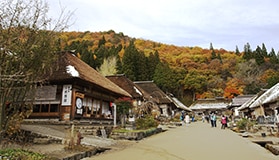
Ouchijuku
With over thirty houses with thatched roofs along the roadway, Ouchijuku preserves the atmosphere of a post town during the Edo era. Many Japanese people feel nostalgia seeing thatched roofs along with the autumn leaves. The negi-soba, which is a local cuisine, is also delicious.
Terms and conditions:
* All prices and offers are subject to change with availability. Hotel prices are per night based on twin share. Activities prices displayed are per person. All taxes & fees included. Blackout dates and other restrictions may apply. Prices are "from" prices based on the lowest available fare on the sample travel dates and will be confirmed prior to any payment being made.



